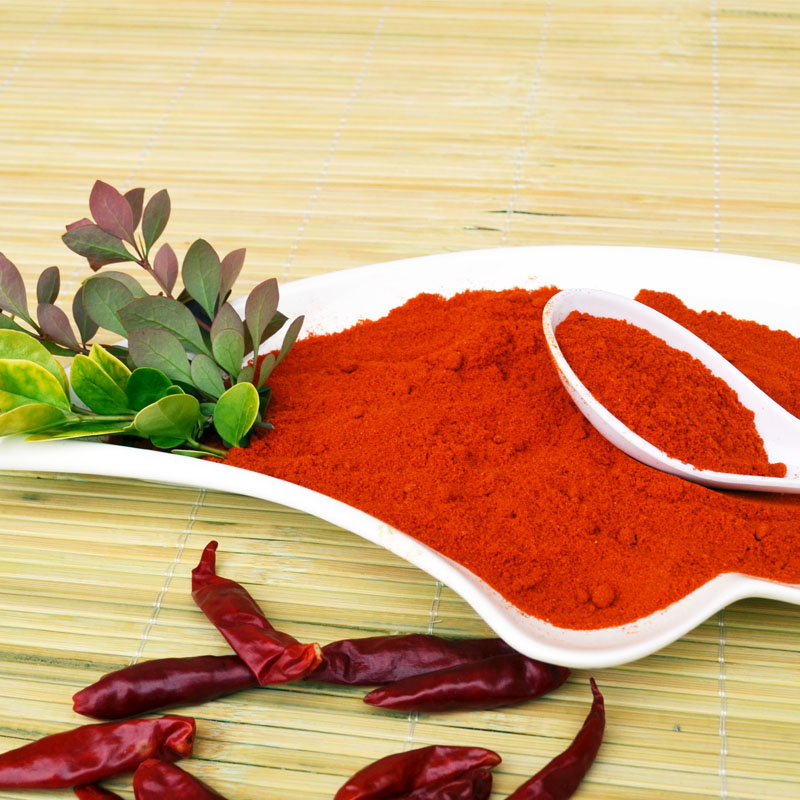- No. 268 Xianghe Street, Economic Development Zone of Xingtai city, Hebei 054001 China
- Byron@hbhongri.cn
capsicum and paprika
Capsicum and Paprika A Flavorful Journey
Capsicum, a genus of flowering plants in the nightshade family, Solanaceae, encompasses a variety of peppers, including sweet bell peppers and hot chili peppers. Among the myriad of uses for these vibrant vegetables, paprika stands out as one of the most recognized spice forms derived from specific capsicum varieties. This article delves into the intriguing relationship between capsicum and paprika, exploring their origins, varieties, culinary uses, and health benefits.
Origins and Varieties of Capsicum
The capsicum genus is native to the Americas, where it was cultivated long before the arrival of Europeans. Archaeological evidence suggests that capsicum species were domesticated around 6000 BC in what is now Mexico and Central America. Today, there are over 200 species of capsicum, but the most commonly cultivated are capsicum annuum, capsicum frutescens, capsicum chinense, and capsicum baccatum.
Capsicum annuum is the most widely grown and includes both sweet and hot varieties such as bell peppers and jalapeños. Capsicum chinense is famous for its extreme heat, producing world-renowned pepper varieties like the habanero and the ghost pepper. Capsicum frutescens includes the tabasco pepper, famous for its use in hot sauces. Each of these species offers a unique flavor profile and level of heat, contributing to their diverse applications in culinary practices around the globe.
Paprika The Spice of Kings
Paprika is made from grinding dried capsicum fruits, particularly varieties of capsicum annuum. The spice has deep roots in Hungarian cuisine, where it was first introduced in the 16th century. Over time, paprika has become a staple spice in many cuisines, appreciated not only for its flavor but also for its vibrant color.
There are different types of paprika, ranging from sweet and mild to hot and smoky. Sweet paprika is often used for its rich red color and subtle flavor, while smoked paprika, known as pimentón, carries a distinct smoky aroma that can elevate dishes like stews, soups, and grilled meats. Hot paprika adds a fiery kick, making it a perfect addition to dishes that require an extra layer of heat. Each variety of paprika contributes unique flavor notes, allowing chefs and home cooks to get creative with their culinary endeavors.
capsicum and paprika

Culinary Uses of Capsicum and Paprika
The versatility of capsicum extends beyond paprika. Fresh bell peppers add a crunchy texture and sweetness to salads and stir-fries. They can be stuffed with various fillings, roasted, or grilled to enhance their flavor. Hot peppers like jalapeños can be pickled, used in salsas, or incorporated into sauces for added heat. The possibilities are endless.
Paprika, on the other hand, shines as a spice that can easily be incorporated into countless recipes. It is widely used in dishes like goulash, paella, and hummus. Its ability to enhance flavors without overwhelming them makes paprika an ideal seasoning for meats, vegetables, and even egg dishes. Additionally, it can serve as a garnish, providing a visually appealing touch to plates.
Health Benefits of Capsicum and Paprika
In addition to their culinary delights, capsicum and paprika offer various health benefits. Capsicum peppers are rich in vitamins A and C, antioxidants, and capsaicin, a compound responsible for their heat. Capsaicin has been linked to several health benefits, including pain relief, improved metabolism, and cardiovascular health.
Paprika also boasts several health benefits, including being a good source of antioxidants, which can help combat oxidative stress in the body. Additionally, its vitamin content can support the immune system and promote healthy skin. The anti-inflammatory properties of both capsicum and paprika make them valuable additions to a balanced diet.
Conclusion
Capsicum and paprika offer a vibrant and flavorful journey through the world of spices and peppers. Their rich history, diverse varieties, culinary versatility, and health benefits make them essential ingredients in many kitchens. Whether you’re sprinkling paprika over a hearty stew or biting into a crisp bell pepper, embracing these ingredients can transform your meals and delight your palate. As we continue to explore the culinary landscape, capsicum and paprika remain timeless components that bridge cultures and enhance flavors worldwide.
-
The Versatile Uses and Benefits of Capsicum Frutescens Oleoresin and ExtractsNewsJun.03,2025
-
Paprika&Chili Products Enhancing Flavor and Wellness in Every BiteNewsJun.03,2025
-
Paprika Extract and Capsicum Applications in Food and IndustryNewsJun.03,2025
-
Exploring the Benefits and Uses of Turmeric Powder and Curcumin ExtractNewsJun.03,2025
-
Discover the Bold Flavor of Premium Chilli Powder from ChinaNewsJun.03,2025
-
Capsicum Oleoresin Extract: A Potent Natural Ingredient in Modern ApplicationsNewsJun.03,2025







